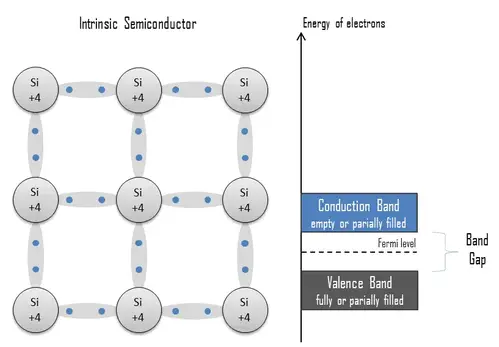Explore the functioning, types, advantages, and limitations of Semiconductor Optical Amplifiers (SOA) in modern optical communications.
![]()
Semiconductor Optical Amplifiers (SOA): An Introduction
A fundamental device within the field of optical communications is the Semiconductor Optical Amplifier (SOA). These devices are critical in managing the power levels of optical signals traveling through fiber-optic networks, playing an essential role in our modern-day internet infrastructure.
The Principle of Operation
The working principle of an SOA is rooted in the physics of semiconductors and the interaction of light with these materials. Simply put, an SOA amplifies an input light signal by utilizing the energy provided by an electrical current. This operation can be broadly broken down into three stages:
- Injection of current: An electric current is injected into the semiconductor material. The high-energy electrons from the current elevate to the conduction band, leaving holes in the valence band.
- Stimulated emission: As the light signal passes through the semiconductor, it stimulates the excited electrons to drop back to the valence band, releasing a photon in the process. This phenomenon is known as stimulated emission.
- Amplification: The released photon possesses the same phase and wavelength as the stimulating photon from the light signal. The light signal therefore gains intensity, or in other words, is amplified.
Types of SOA
SOAs come in a variety of designs, each with their unique features and applications. The two most common types are:
- Fiber-coupled SOA: In this type, the semiconductor material is situated between two optical fibers. The design offers superior optical alignment and is therefore commonly used in fiber-optic communications.
- Waveguide SOA: Waveguide SOAs are more compact and integrate the semiconductor material directly into the waveguide. This design provides the benefit of easy integration into photonic integrated circuits (PICs).
While both designs offer unique advantages, the choice between them is largely dependent on the specific requirements of the application in question.
Advantages and Limitations
SOAs bring numerous benefits to the table, like their small size, the possibility of direct modulation, and the ability to work at high bit rates. Despite these strengths, SOAs also come with certain limitations, like noise due to spontaneous emission and potential signal distortion. A balanced understanding of these aspects is necessary for effective application.
End of Part 1
Noise and Signal Distortion
In an ideal scenario, an SOA would only generate amplified signals via stimulated emission. However, spontaneous emission, an inherent phenomenon in the amplification process, can generate unwanted photons. These extra photons introduce noise into the amplified signal, resulting in a compromised signal quality. This phenomenon is often represented as the amplified spontaneous emission (ASE) noise.
Moreover, SOAs can introduce signal distortion due to gain saturation. Gain saturation occurs when the input optical power is high, and the amplifier cannot provide enough gain to maintain linear amplification. This results in a distorted, non-linear output, which can degrade the performance of optical communication systems.
Applications of SOA
Despite their limitations, SOAs are instrumental in various applications, primarily in the field of optical communications. Here are some key applications:
- Signal amplification: The most straightforward application of SOAs is the amplification of optical signals in fiber-optic networks. This role is especially important in long-haul communication systems, where signal loss is significant.
- Switching and signal processing: SOAs can also function as optical switches in signal routing applications. They offer ultrafast switching capabilities, which are vital for modern high-speed optical networks.
- Wavelength conversion: With the appropriate design and configuration, SOAs can facilitate wavelength conversion, an important function in wavelength division multiplexed (WDM) systems.
Conclusion
Semiconductor Optical Amplifiers (SOA) are an integral part of today’s optical communication infrastructure. Despite the challenges posed by noise and potential signal distortion, their advantages such as compactness, direct modulation capability, and high bit rate operation make them an indispensable tool in the field. With ongoing research and development, the performance of SOAs is continually improving, providing a promising outlook for the future of optical communication technology.
End of Part 2



